The Wilson Clash is one of the most hyped-up racquets in recent years. I wrote very positively about the Prototype version but felt like it played best with some lead tape. That is why I was really excited to do this Wilson Clash Tour Racquet Review. And it did not disappoint.
Wilson have been working on the Clash line of racquets for around five years and they really set the bar high. I quote from their Clash info page: “Wilson LABS set out with an audacious goal: make a racket that renders all other rackets obsolete.” They go on to write: The result was two proprietary technologies: FreeFlex and StableSmart. These technologies constructed the carbon fibers at unconventional angles while creating a unique frame geometry that optimized the modern swing pattern. Does it work? Well, read my Wilson Clash Tour Racquet Review to find out.
First of all, the Wilson Clash Tour is the heavier version of the Wilson Clash. The standard Wilson Clash, which I review here, weighs 295 grams unstrung, while the Clash Tour weighs 310 grams unstrung. What is different from this racquet and for example, the Babolat Pure Aero or the HEAD Graphene 360 Extreme Pro, is that it is far more headlight and significantly more flexible. This is where the magic and wow-effect of the Clash lies, they have managed to create a racquet that plays like a powerful, spin-friendly frame, but is much easier on the arm and has a plusher feel.
Buy the Wilson Clash Tour here (Amazon link)
The Wilson Clash Tour Racquet Review – Specs and tech
The Wilson Clash Tour specs are definitely a challenge to more conventional racquets on the market. A thick beam, yet a flexible response? A 100 sq inch racquet with a very head light balance? What’s up with the funky throat design? A lot of things with the Clash makes you shake your head in surprise. Wilson has really challenged themselves to come up with something new here and for that I applaud them. It is about time we see something really new and different in the racquet industry.
Here are the specs of the Wilson Clash Tour:
Head size: 100 in² / 645.16 cm²
Length: 27in / 68.58cm
Unstrung Weight: 310 grams
Balance: 30.6 cm / 11 pts HL
Stiffness: 55 RA strung (!)
Beam Width: 24.5mm / 24.5mm / 24.5mm
String Pattern:16 Mains / 19 Crosses
A few more words about FreeFlex and StableSmart. These technologies actually seem to work really well. The racquet is definitely more stable than the stiffness rating tells you, and the flex creates a nice cupping effect of the ball in the string bed. This is what Wilson writes about the technologies (you obviously want to know how they got here, but that is a trade secret I guess):
FreeFlex
Bends the racket in horizontal and vertical directions so players can swing freely and powerfully while still controlling the ball.
StableSmart
Maintains high-performing stability while also enhancing the flexibility of the racket.
Wilson Clash Tour Racquet Review – Playability
Now that all the innovation and marketing jargon is out of the way, let’s talk about how the Wilson Clash Tour performs on the court. Despite, the low stiffness, the racquet definitely packs some power. Not as much as a Pure Drive or HEAD Extreme, but not far off either. The string pattern is quite open so the spin potential is very good. But if you hit with a flatter swing the ball might launch on you a bit, so this is definitely a racquet for a player with a modern, windshield wiper swing. If you play a flat and precision-oriented game, I think you will find this racquet a bit clunky and too powerful.
But…and this is a big but, if you play with a lot of spin, the Clash gives you comfort, feel and enough power and spin to push your opponents back and control the court. I am usually not a fan of powerful frames, but the Clash has a plush response and is a bit more controlled than a Pure Drive. And since I am trying to play with a more semi-western grip and more spin on the ball, the Clash really makes that style of game feel more natural. It has a large sweet spot and does not feel jarring to the arm even with a stiff poly string.
The Clash Tour is simply a lot of fun to play with and makes tennis feel easy at times because you get easy depth and spin on your groundstrokes without sacrificing too much control. I played it with the Luxilon Smart string at 23 kg and Solinco Tour Bite
at 25 kg and both setups suited the racquet well. The Smart (read my review) string offers a softer feel and a bit more muted response, while the Tour Bite stiffens the racquet up a bit but also gives it more control. It is simply up to you if you want more power or more control from your racquet.
Wilson Clash Tour Racquet Review – Performance
The Clash does most things well for players who hit with spin. Let’s look at the different areas:
Groundstrokes: This is definitely a baseliners’ weapon. Great spin, enough power. You can play offensive and defensive as long as you put spin on the ball. Flatter hitters will prefer other racquets such as a Pro Staff or a Blade (if we’re talking Wilson racquets).
Volleys: Definitely stable for its weight. Pretty much point and shoot. I did not quite find the touch I get with more control-oriented racquets, but the large sweet spot and stability despite the low weight makes it a good choice for doubles players.
Serves: The Clash is more controlled than a Pure Drive and I definitely prefer the Babolat for hitting heavy serves. The Clash does, however, offer you a lot of spin and good placement on the ball.
Slice: If I would compare this to my beloved Soft Drive or many other 100 sq inch racquets, I would say this is one area where I really prefer the Clash. The slice bites a lot better with this racquet for some reason.
Comfort: The comfort with the Clash is exceptional. It is nice to play with a racquet that offers good spin and power without any jarring sensations or excessive vibrations. Simply top of the line here.
Control: For a 100 sq inch power and spin racquet, control is good. On flatter shots, the ball tends to launch and float a bit, but when you play with spin the Clash seems to magically dip the ball into the court over and over again.
Feel: The feel is plush and nice, but I did struggle a bit with the muted response at times. My friend and ex-pro enjoyed the racquet too, but exclaimed: “The ball lands in, but I don’t know why or how!” I think the lack of direct feedback will scare some more advanced players off, but compared to many other stiff racquets, the feel with the Clash is really good.
Wilson Clash Tour Racquet Review – Who is it for?
It definitely took guts from Wilson to release such a different racquet than the Clash. It does not make other racquets obsolete (which was their utopian goal), but it deserves a lot of praise for bringing something new and really good to the table in an industry where not much innovation has happened in 25 or so years. I think the Clash and the Clash Tour will suit a wide group of players: everyone from juniors who play a modern game but want a bit more control than many other 100 sq inch frames to seniors and other intermediate players who want a bit of extra help on their strokes without sacrificing arm comfort.
I think the toughest crowd to win over is advanced to competition players who crave a lot of control and feedback from their racquets. But then there are so many other racquets on the market to fill that need and perhaps the upcoming Clash 98 could give them a bit more confidence?
Personally, I really enjoy playing with this racquet. I am hitting with spin and going for angles I rarely do with my more control-oriented frames. I did struggle at times with the muted response when it came to touch shots, but my results do not lie. I do hit with more spin and depth with the Wilson Clash Tour than with my current more player-focused racquet. It simply makes tennis a little bit easier for me. Not sure that is enough to switch to this racquet, but I will sure keep it in my bag for days when I need a bit of extra help on the court.
Wilson Clash Tour Racquet Review – Summary
Wilson boasted about racquet revolution and bringing something completely new to the racquet market. My natural response is to be highly skeptical of any such claims. But, after this Wilson Clash Tour racquet review, I can confirm that they are backing up the talk with a racquet that actually is innovative and fresh. The Wilson Clash is definitely not for everyone, but it is a fun and excellent racquet to use for many, many players. It also nudges the tennis industry in a new direction and hopefully pushes competitors to try even harder to find new ways to make tennis racquets arm-friendly and still easy-to-use.
Well done, Wilson Tennis. Not just a good racquet, but something entirely new and different.
Wilson Clash Tour Racquet Review – Video
Do you like Tennisnerd? Please also follow and share our other channels. Every like, share and follow is deeply appreciated! You can now also become a Tennisnerd patron and receive unique content and reviews before everyone else!
Patreon – Support and get VIP content
YouTube – In-depth video reviews and vlog
Instagram – Racquets, racquets, racquets
Twitter
Facebook Page – New content daily
Facebook Group – Join the discussion with other tennis nerds
Amazon Influencer
About tennis racquets
All racquet reviews
Here is a great racquet buying guide to get you started.
What tennis racquet should I buy?
Top tennis racquets to buy right now
The Gear of the Year 2018
The Gear of the Year 2017
The Gear of the Year 2016
Tennis racquets for juniors
Tennis racquets for kids
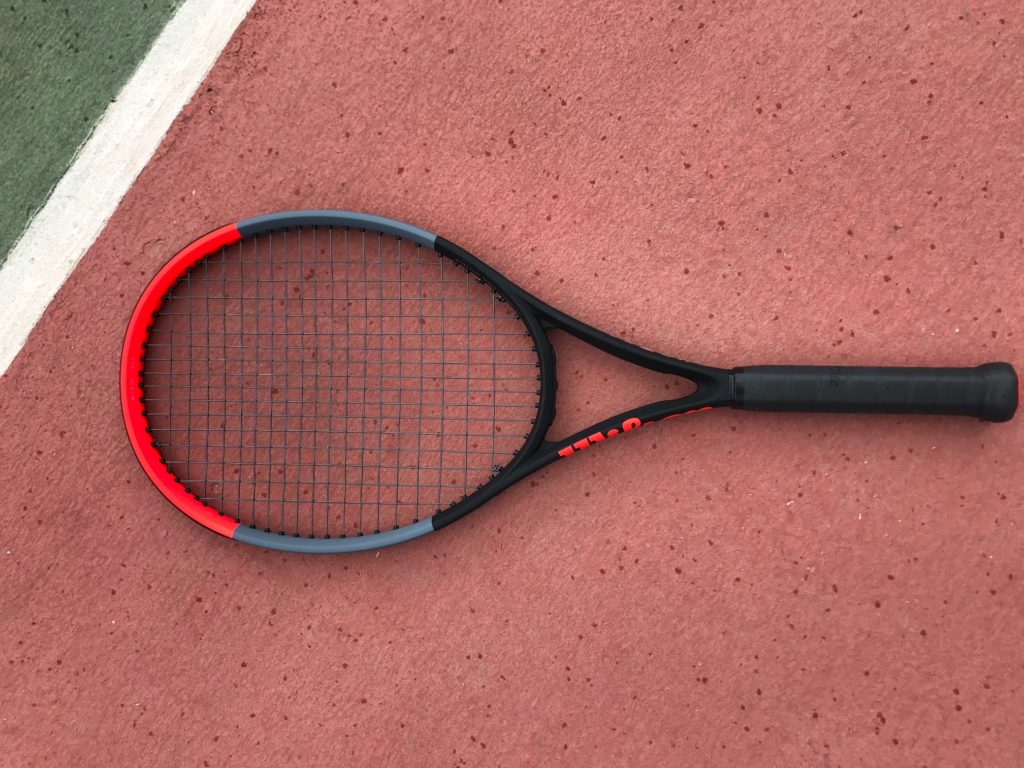
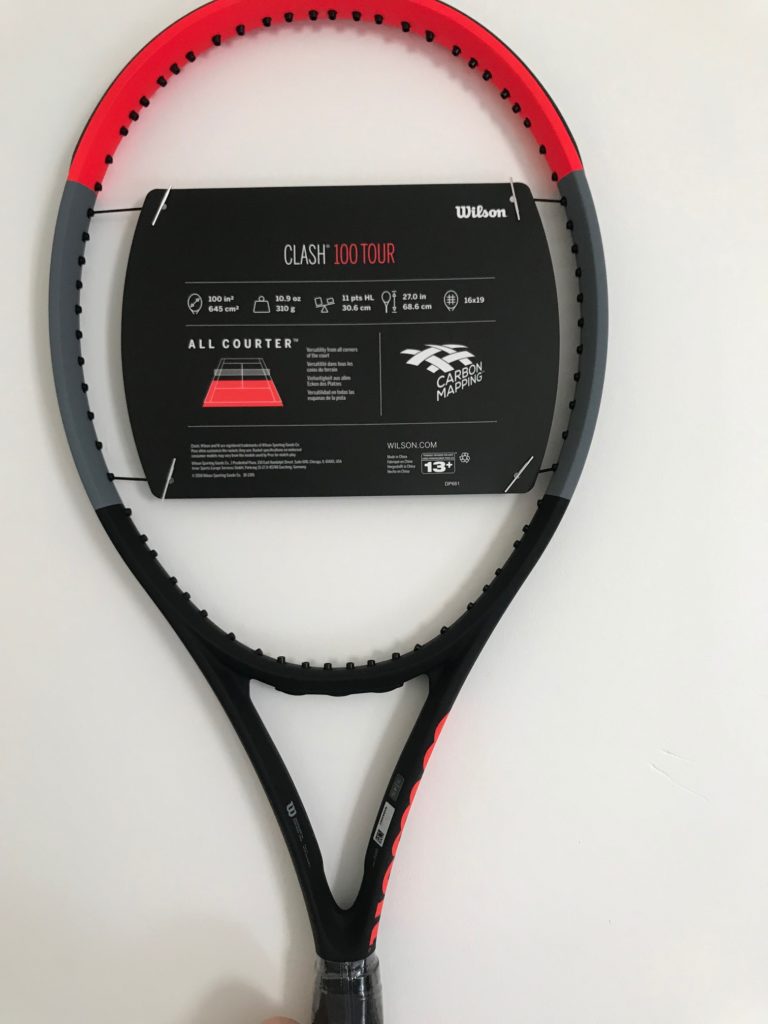

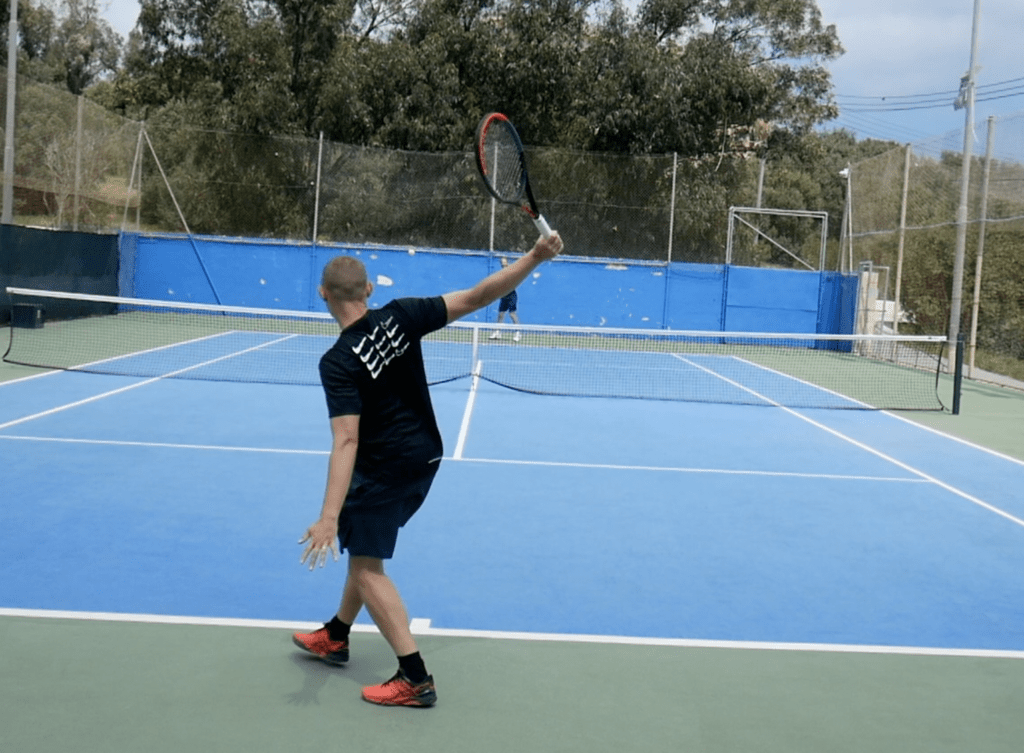
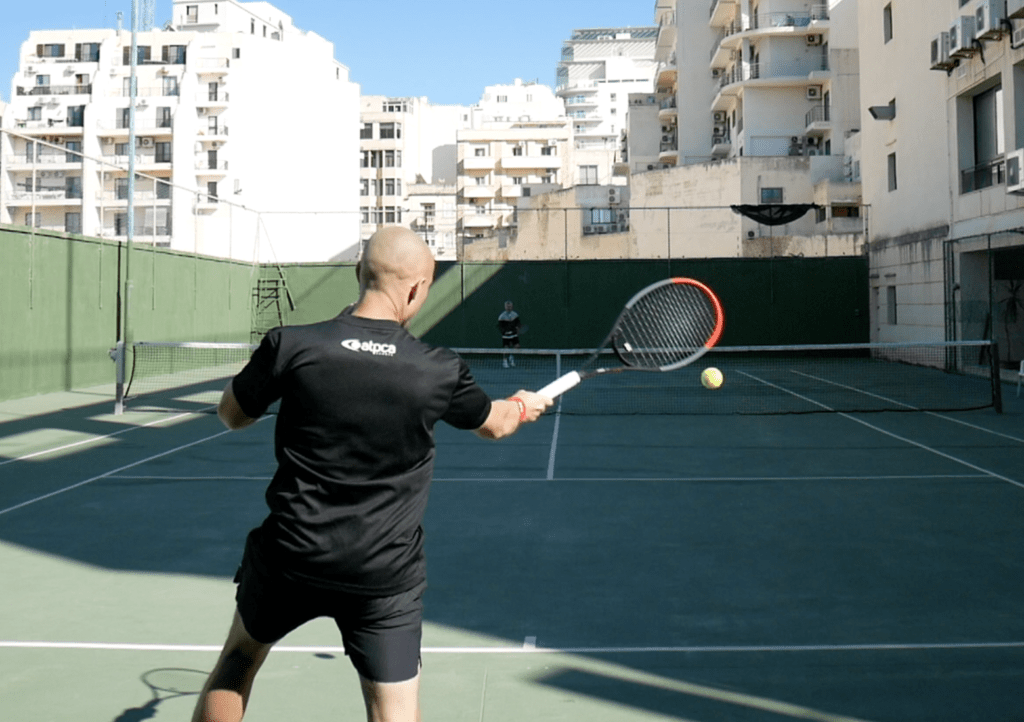
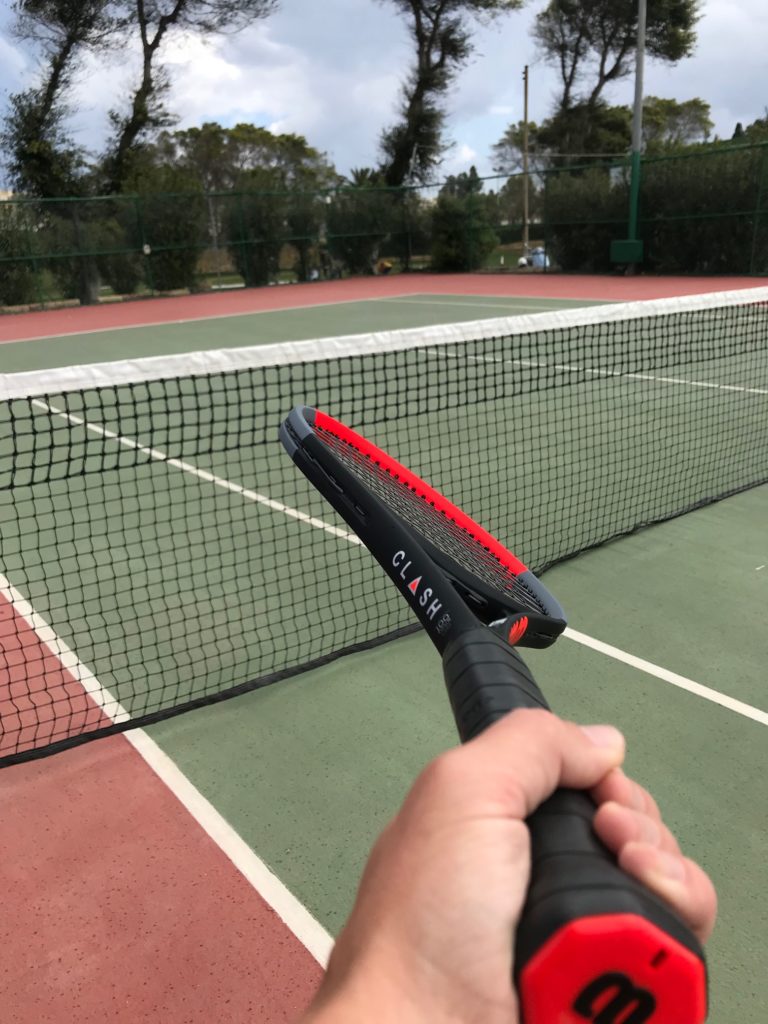
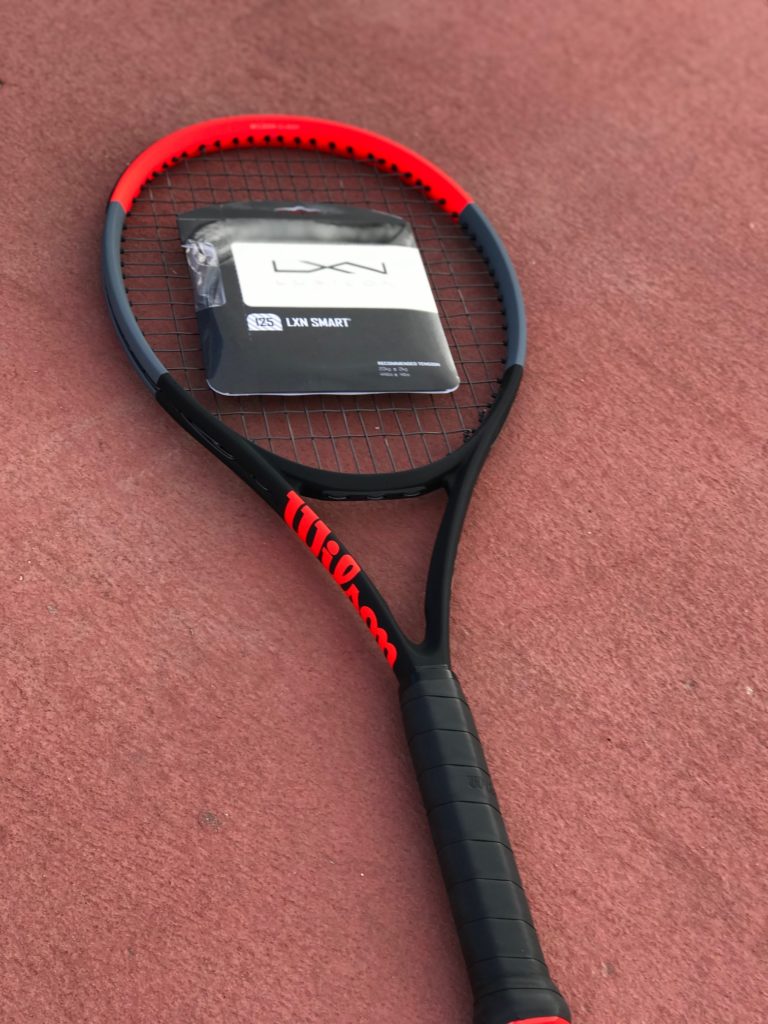


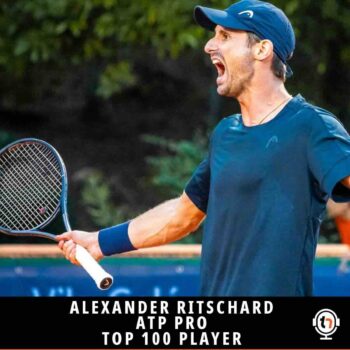
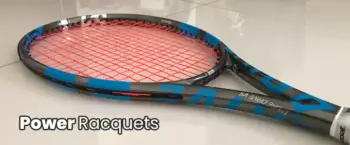
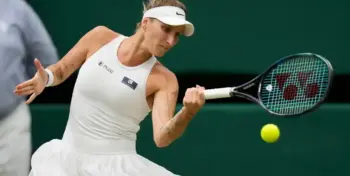

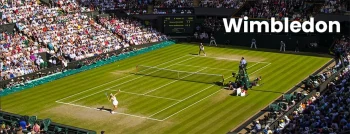




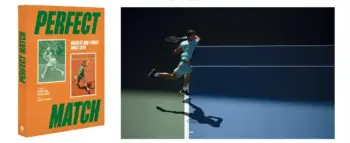



Hi Jonas,
You should look out for the Clash 98, Its going to be released later this year. From what I have been told its gonna have a thinner beam. Hopefully I get to see the Demo circling around sometime soon.
Great review, long waited one
I get mine next week, let’s see
Great review! I only have played with the regular Clash. I am looking forward to some direct comparison of the two. Which one do you prefer? Are they similar except the additional weight and SW? Do you think the regular can play like a tour with some lead tape? Moreover, what is a good modification plan for regular Clash? 3g at 3 and 9 each?
Thanks. Yes, some lead tape will make it very close to the Tour. I like the Tour so I don’t have to mess around with lead tape though. You have to experiment a bit, but with 100 sq inch racquets, I prefer lead tape at 12 and not 3 and 9.
Great review! sounds like a racquet for me when my ankle allows me to return to work. Slice should be working well if it’s a good topspin friendly stick.
Thanks! Yes, it is a nice racquet with plenty of spin on offer.
The marketing campaign around the wilson clash is amazing and would make anyone consider this racket, but i really dont see mucb difference to Prince Phantoms Pro especially about the specs, power level, stability, etc which have been out in the market since 1-2 years, and also available in 18×20 version.. maybe for less advanced players
Great review! Can you do a brief comparison of Clash regular and Clash tour. Are they similar? Will added lead tapes make regular play like a tour? What can be a good way to customize regular Clash?
They are pretty much the same racquet, add lead tape on the Clash you have the Clash Tour. Not sure the best way. I would add it at 4 grams at 12 o clock and four grams underneath the grip to start.
I had the exact feeling playing with it that this racket gave too much help and I worried that it would make me “lazy”, especially since I usually play with the ultra tour.
Nonetheless I used it for the singles league just to get that extra help and it worked!
Sorry for asking repeated question. I did not see my response after I posted it. I think I asked the same question in your YouTube page as well. I am so eager to know as I am considering that Clash will be my racket of choice. Coming from Pure Strike 17 and 360 Speed Pro, both great racket, but I cannot remain aggressive with them when I play at a high frequency(more than 4 times a week). If I attack too much, my elbow experience uncomfort. Thanks for your reply. Great job!
hi,
thanks for the review.
how would you compare the feel and comfort of the clash tour vs. the donnay pro one hexacore (16×19). the ra is pretty close, but that doesn´t mean that the feel is close also. so which one feels softer, less crisp and more comfortable to you.
thanks
Jonas,
Am I understanding correctly that you played (and liked) the Clash Tour as-is, no lead tape at all? The reason I ask is that 325g-ish with strings doesn’t leave all that much room for customization (at least for me).
Best,
Jaime
hello,
since the clash tour and the donnay pro one hexacore 16×19 are very silmilar spec wise, how would you compare them in terms of feel and comfort (which one is less crisp, softer etc.)
thanks
Hi,
They both offer good comfort, but the Clash has a bigger sweet spot and more free power. I would choose the Clash between these two. The Pro One is a bit too flexible for my taste so you need to swing for the fences.
Hope this helps. Cheers / Jonas
PS. If you feel like my advice is really useful, please consider becoming a patron for $2 or more at patreon.com/tennisnerd .
You will get unique content and an often updated blog as a bonus. DS.
I played with my clash tour today for the first time
my racket of choice now, great spin, solid enables me to hit really hard and still make it within the lines
solid serve and volley
played many rackets recently and this one stands out as the best that I will stick to
strung with lixilon allupower soft @23kg
Happy to hear you’ve found your racquet. Great choice!
let me know on the clash tour 98 when you can test it…
Hi,
How the clash tour compares to ultra 100 cv ?
Thanks for the great content!
Hi,
The Clash Tour is more comfortable and controlled in my opinion. I prefer that racquet over the stiffer Ultra 100.
Regards / J
PS. If you feel like my advice is really useful, please consider becoming a patron for $2 at patreon.com/tennisnerd and get exclusive content every week. DS.
Hi,
How this one compares to the ultra tour 100 CV.
Thanks for your great content!
Hi,
Appreciate the comment. The Ultra 100 CV is stiffer and gives you slightly more power than the Clash Tour. I prefer the feel and arm-friendliness of the Clash though and would recommend that one over the Ultra 100.
Regards / Jonas
PS. If you feel like my advice is really useful, please consider becoming a patron for $2 at patreon.com/tennisnerd and get exclusive content every week. DS.
Hi TennisNerd ! Excellent review once again, thanks for the great info. I currently own a Clash 100 thatis modded 6g@3-9 and 8 in the trap door to keep the balance. Similar to the Tour specs. I am getting a 2nd Clash and debating to jump to the Tour or continue the Clash-hairpin thing, lighter modded racquet. Any opinion ? The 295g Clash that is modded will end up with higher TW (or how ever I want to customize it) and I see to like the feel when weight is placed there. The Tour model has a great review by you but for now I would play it stock and maybe later add weight (but it’s already a 330g racquet) Thanks in advance !
Hi,
Sounds like getting another Clash and customizing it, in the same way, is the way to go! You have more options that way.
Cheers / J
Hola amigos….podrían comparar este Clash con la Head instinct 360 mp.????
Hola, El Instinct es más rígido y más potente.The Clash es muy flexible y cómodo.
Hi Jonas
Having tested both weights, would you prefer the Clash 100 at 295g or 310g ? I tried a friend’s 310 (usually badged as the pro version), loved it but then ordered the 295g model (original V1) (my mistake although you have to dig deep on Tennis Point’s website to work out the difference and different shops call them different things). I’m wondering whether to add weight to the 295 version or try and send them back and get the 310 version. I currently use the Radical S (280g) and wanted slightly more weight without generating arm problems (had wrist/ elbow issues in past and am now 53 years old!). I recently weighted my Radical S with 3g at 3 and 9 o’clock (6 g overall) and this greatly improved it, so tempted to do the same with the 295g Clash, as you did in your playtest.
Many thanks in advance (and thanks for your great reviews!)